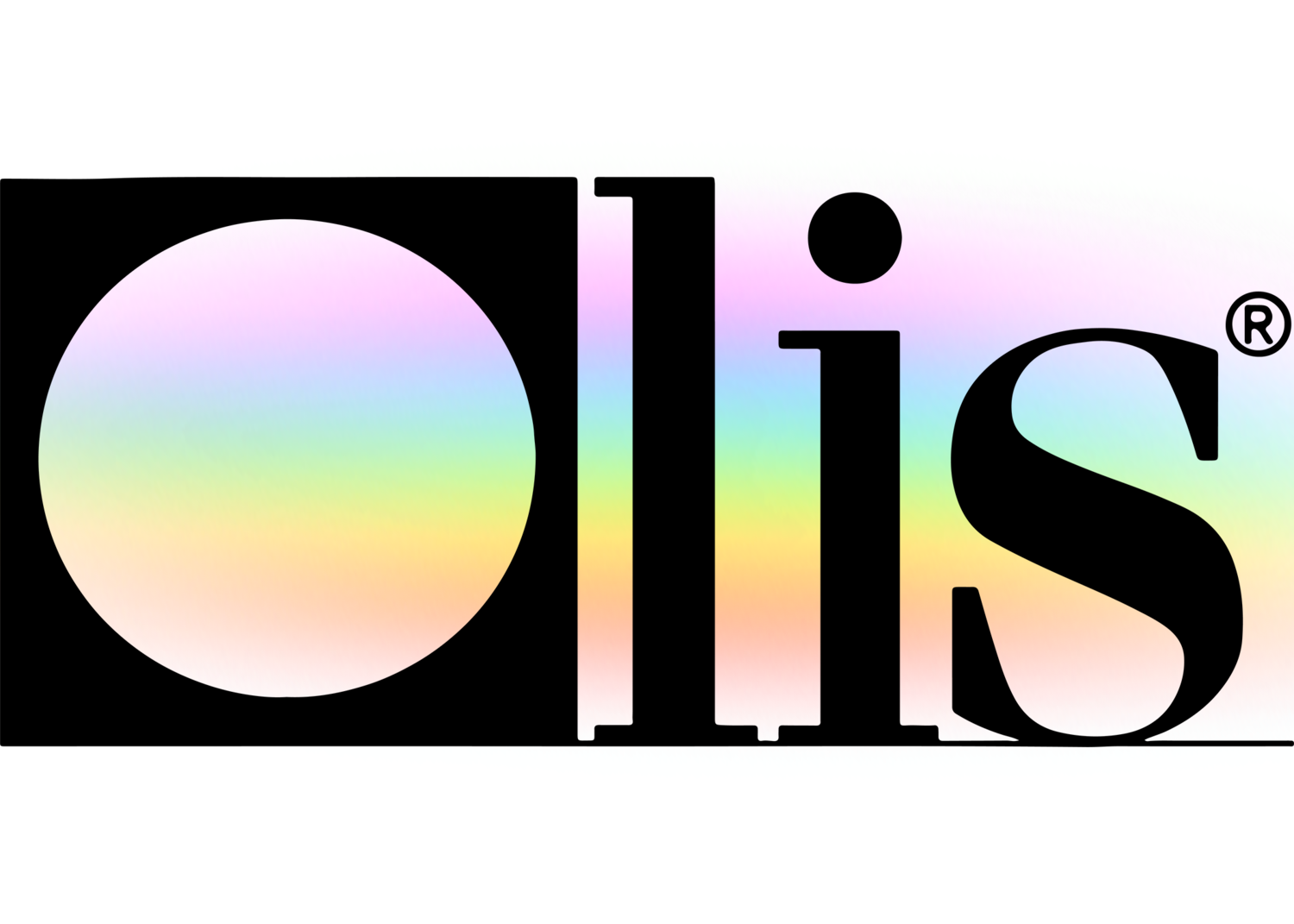The Definitive Guide for Circularly Polarized Luminescence
The Definitive Guide for Circularly Polarized Luminescence
Blog Article
Some Known Details About Uv/vis/nir
Table of ContentsFacts About Circular Dichroism UncoveredThe Buzz on Uv/visThe Of Circular DichroismUv/vis Can Be Fun For AnyoneHow Spectrophotometers can Save You Time, Stress, and Money.

Spectrophotometry is most typically applied to ultraviolet, visible, and infrared radiation, modern spectrophotometers can interrogate large swaths of the electro-magnetic spectrum, consisting of x-ray, ultraviolet, visible, infrared, and/or microwave wavelengths. Spectrophotometry is a tool that hinges on the quantitative analysis of molecules depending on just how much light is soaked up by colored substances.
How Circularly Polarized Luminescence can Save You Time, Stress, and Money.
A spectrophotometer is commonly used for the measurement of transmittance or reflectance of services, transparent or opaque solids, such as polished glass, or gases. Numerous biochemicals are colored, as in, they absorb noticeable light and therefore can be measured by colorimetric treatments, even colorless biochemicals can typically be converted to colored substances ideal for chromogenic color-forming responses to yield compounds ideal for colorimetric analysis.: 65 However, they can also be designed to measure the diffusivity on any of the noted light ranges that generally cover around 2002500 nm utilizing various controls and calibrations.
An example of an experiment in which spectrophotometry is utilized is the decision of the balance constant of a service. A particular chain reaction within an option might happen in a forward and reverse direction, where reactants form products and products break down into reactants. At some time, this chemical response will reach a point of balance called a balance point.
The 20-Second Trick For Circularly Polarized Luminescence
The quantity of light that passes through the option is indicative of the concentration of specific chemicals that do not allow light to travel through. The absorption of light is because of the interaction of light with the electronic and vibrational modes of particles. Each kind of particle has a specific set of energy levels connected with the makeup of its chemical bonds and nuclei and therefore will soak up light of particular wavelengths, or energies, leading to special spectral homes.
Making use of spectrophotometers spans different scientific fields, such as physics, materials science, chemistry, biochemistry. spectrophotometers, chemical engineering, and molecular biology. They are extensively utilized in lots of markets including semiconductors, laser and optical manufacturing, printing and forensic examination, in addition to in laboratories for the research study of chemical substances. Spectrophotometry is often used in measurements of enzyme activities, determinations of protein concentrations, determinations of enzymatic kinetic constants, and measurements of ligand binding reactions.: 65 Eventually, a spectrophotometer is able to determine, depending on the control or calibration, what substances exist in a target and precisely just how much through estimations of observed wavelengths.
Developed by Arnold O. Beckman in 1940 [], the spectrophotometer was produced with the help of his colleagues at his business National Technical Laboratories established in 1935 which would become Beckman Instrument Business and ultimately Beckman Coulter. This would come as a solution to the formerly developed spectrophotometers which were not able to absorb the ultraviolet properly.
The Facts About Circularly Polarized Luminescence Uncovered
It would be found that this did not give satisfactory results, therefore in Design B, there was a shift from a glass to a quartz prism which enabled better absorbance results - spectrophotometers (https://www.bitchute.com/channel/ZeGQl0AaiFBC/). From there, Design C was born with a change to the wavelength resolution which wound up having 3 systems of it produced
It was produced from 1941 to 1976 where the price for it in 1941 was US$723 (far-UV accessories were an alternative at additional cost). In the words of Nobel chemistry laureate Bruce Merrifield, it was "most likely the most important instrument ever developed towards the advancement of bioscience." Once it ended up being discontinued in 1976, Hewlett-Packard created the first commercially available diode-array spectrophotometer in 1979 called the HP 8450A. It irradiates the sample with polychromatic light which the sample soaks up depending on its residential or commercial properties. Then it is sent back by grating the photodiode range which detects the wavelength area of the spectrum. Ever since, the creation and execution of spectrophotometry devices has increased profoundly and has become one of the most ingenious instruments of our time.

The 9-Minute Rule for Uv/vis
The grating can either be movable or repaired.
In such systems, the grating is repaired and the intensity of each wavelength of light resource is determined by a different detector in the range. Additionally, most modern mid-infrared spectrophotometers use a Fourier change technique to acquire the spectral details - https://www.brownbook.net/business/52441542/olis-clarity/. This strategy is called Fourier transform infrared spectroscopy. When making transmission measurements, the spectrophotometer quantitatively compares the portion of light that goes through a reference service and a test service, then digitally compares the strengths of the 2 signals and computes the percentage of transmission of the sample compared to the referral requirement.

Report this page